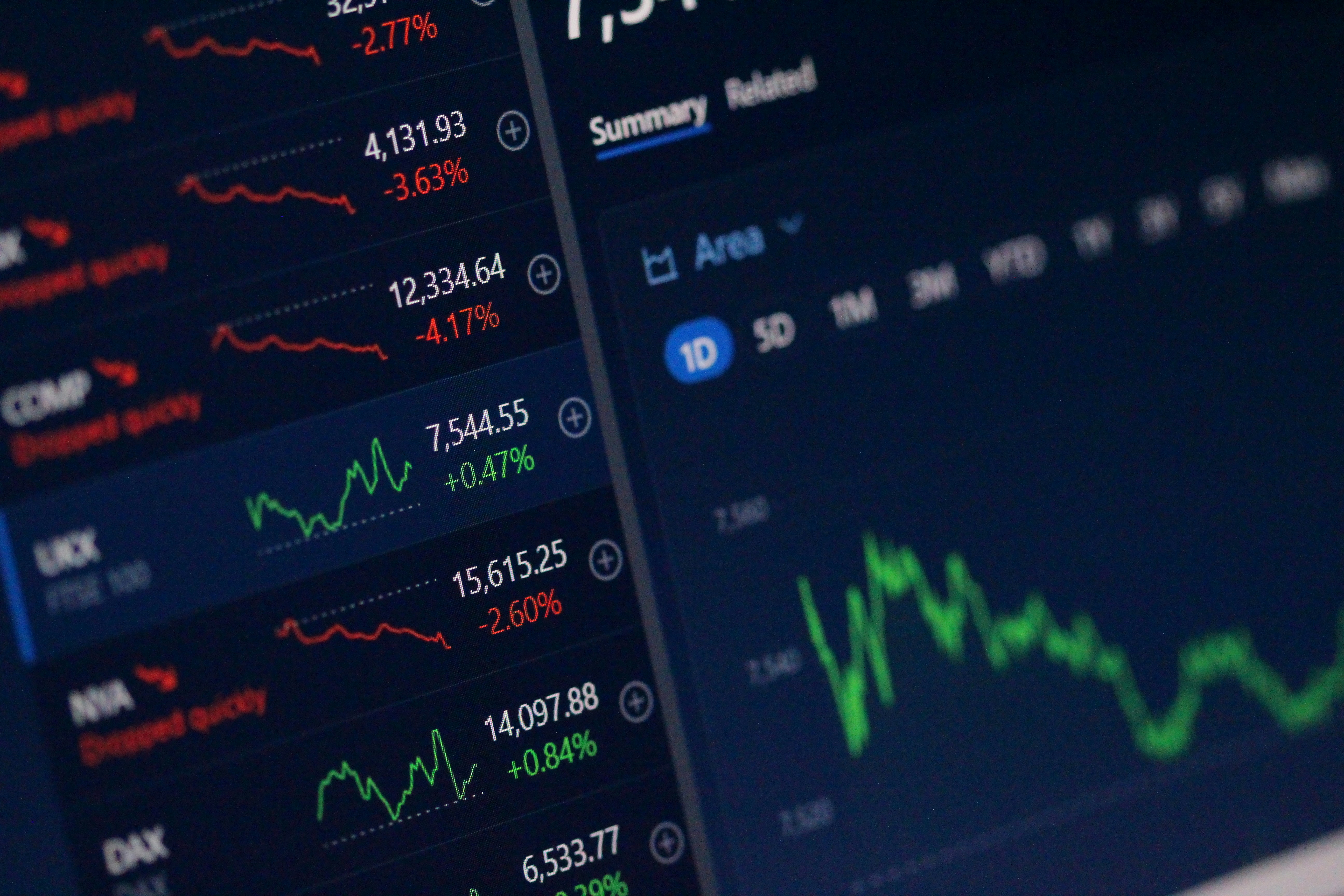What A Fed Rate Hold Means For Markets: Pimco Weighs In

The Federal Reserve’s decision to hold interest rates steady for the foreseeable future has significant implications for markets and investors. Pimco, one of the world’s leading bond managers, has weighed in on this policy stance, emphasizing its impact on bonds, equities, and other asset classes. With uncertainty surrounding Trump’s fiscal and trade policies, the Fed’s cautious approach underscores the importance of strategic investment planning.
Context of the Fed’s Rate Decision
The Federal Reserve has recently signaled its intention to keep interest rates unchanged as it assesses the economic landscape. This pause comes in the context of steady inflation, low unemployment, and global economic headwinds. Key uncertainties, particularly around Trump’s fiscal agenda and trade negotiations, have contributed to the Fed’s measured approach.
Trump’s policy initiatives, including tax reforms and infrastructure spending, could significantly influence economic growth. However, the lack of clarity on the timing and scale of these measures has left the Fed in a holding pattern. Until more details emerge, the central bank is expected to prioritize stability over preemptive action.
Pimco’s Perspective on the Rate Hold
According to Pimco, the Federal Reserve’s decision to maintain current rates reflects a “wait-and-see” strategy. Pimco’s investment chief notes that the Fed’s focus remains on managing inflation expectations and ensuring sustainable growth. This approach allows the central bank to adapt to evolving economic conditions without overreacting to short-term fluctuations.
Trump’s policies have introduced additional uncertainty into the equation. While potential fiscal stimulus could spur economic activity, trade tensions and regulatory shifts could dampen growth prospects. Pimco suggests that this dynamic reinforces the Fed’s preference for patience.
Implications for Bond Markets
For bond markets, the Fed’s rate hold is both a stabilizing force and a potential opportunity. Steady rates tend to support bond prices, particularly in the fixed-income segment. Pimco highlights that investors could benefit from the stability of Treasury bonds and other high-quality fixed-income instruments in this environment.
However, the bond market is not without risks. If Trump’s policies result in unexpected economic shifts or inflationary pressures, bond yields could become volatile. Pimco advises investors to maintain a balanced approach, focusing on diversification within fixed-income portfolios.
Effects on Broader Asset Classes
The Fed’s policy stance also has implications for other asset classes. Equities may continue to perform well as stable interest rates reduce borrowing costs for corporations and support earnings growth. Real estate markets could benefit similarly, as lower financing costs encourage investment in property.
Commodities, on the other hand, may face mixed outcomes. While stable rates can support commodity prices, any significant changes in trade policy or global growth forecasts could introduce volatility. Pimco suggests that investors remain cautious in these sectors, given the broader uncertainties.
Risks and Opportunities for Investors
Investors face a range of risks and opportunities under the current rate environment. On the risk side, prolonged rate stability could mask underlying vulnerabilities, such as inflationary pressures or geopolitical shocks. Market volatility could also resurface if Trump’s policies lead to unexpected economic disruptions.
Opportunities exist in sectors that stand to benefit from steady rates. High-yield bonds, growth-oriented equities, and infrastructure-related investments may offer attractive returns. Pimco’s analysis underscores the importance of diversification, advising investors to allocate assets across various classes to mitigate risks.
Future Outlook and Market Expectations
Looking ahead, the Federal Reserve’s next moves will depend heavily on how Trump’s policies unfold. Fiscal stimulus measures could prompt the Fed to resume rate adjustments, while prolonged uncertainty may keep rates on hold longer than anticipated.
Pimco anticipates that the central bank will remain data-driven, carefully monitoring inflation trends, employment figures, and global economic conditions. Investors should stay attuned to these factors and adjust their strategies accordingly.
Conclusion
The Federal Reserve’s decision to hold rates steady reflects its cautious approach in the face of policy uncertainty. Pimco’s insights highlight the impact of this stance on bond markets, equities, and other asset classes. For investors, aligning strategies with evolving monetary policy and political developments will be crucial to navigating this complex landscape. While risks remain, opportunities abound for those prepared to adapt to the challenges and dynamics of the current environment.
Author: Gerardine Lucero
The Penny Drops: Understanding The Complex World Of Small Stock Machinations
Micro-cap stocks, often overlooked by mainstream investors, have recently garnered significant attention due to rising c... Read more
Current Economic Indicators And Consumer Behavior
Consumer spending is a crucial driver of economic growth, accounting for a significant portion of the US GDP. Recently, ... Read more
Skepticism Surrounds Trump's Dollar Devaluation Proposal
Investors and analysts remain skeptical of former President Trump's dollar devaluation plan, citing tax cuts and tariffs... Read more
Financial Markets In Flux After Biden's Exit From Presidential Race
Re-evaluation of ‘Trump trades’ leads to market volatility and strategic shifts.The unexpected withdrawal of Joe Bid... Read more
British Pound Poised For Continued Gains As Wall Street Banks Increase Bets
The British pound is poised for continued gains, with Wall Street banks increasing their bets on sterling's strength. Th... Read more
China's PBoC Cuts Short-Term Rates To Stimulate Economy
In a move to support economic growth, the People's Bank of China (PBoC) has cut its main short-term policy rate for the ... Read more

